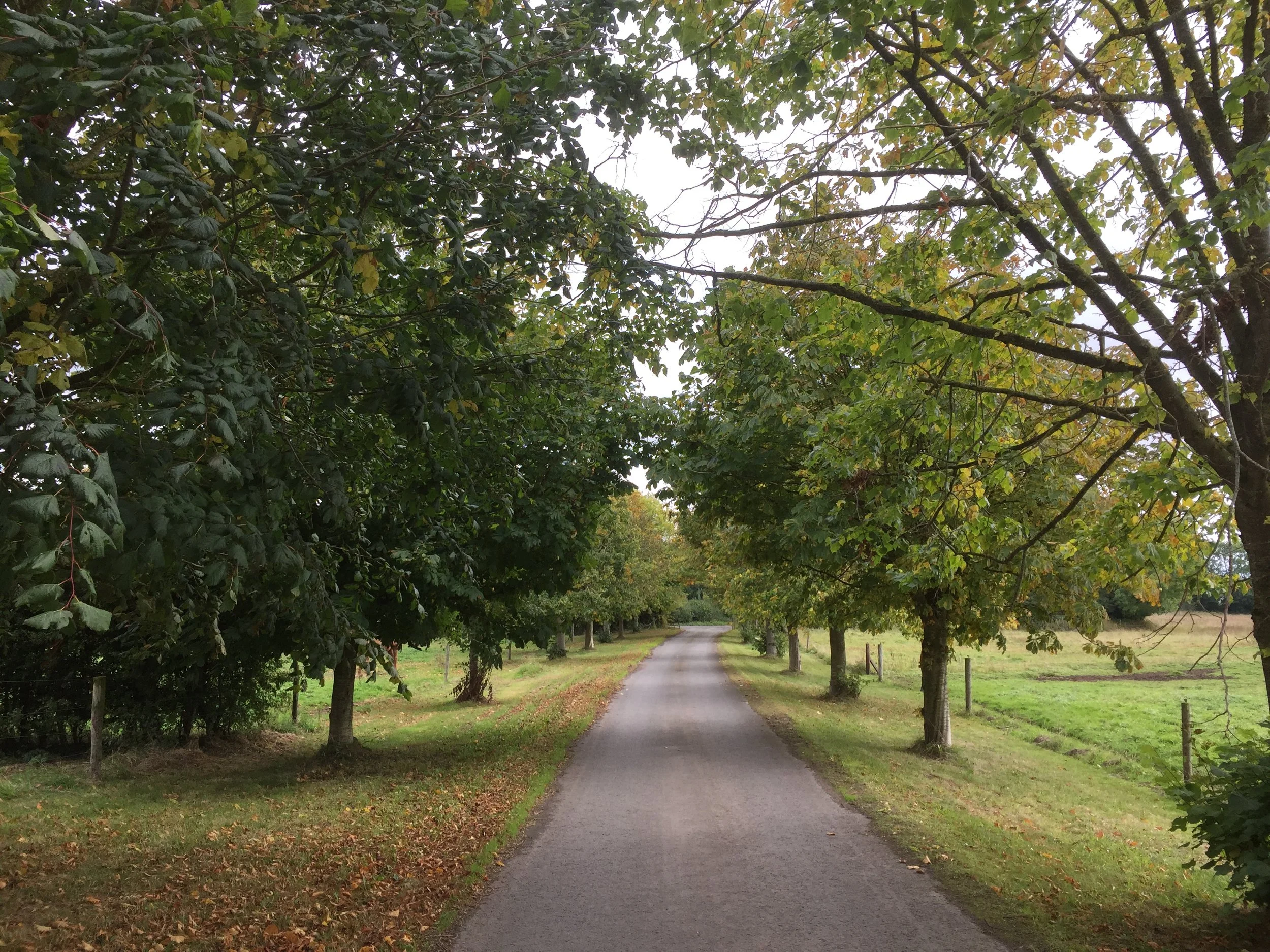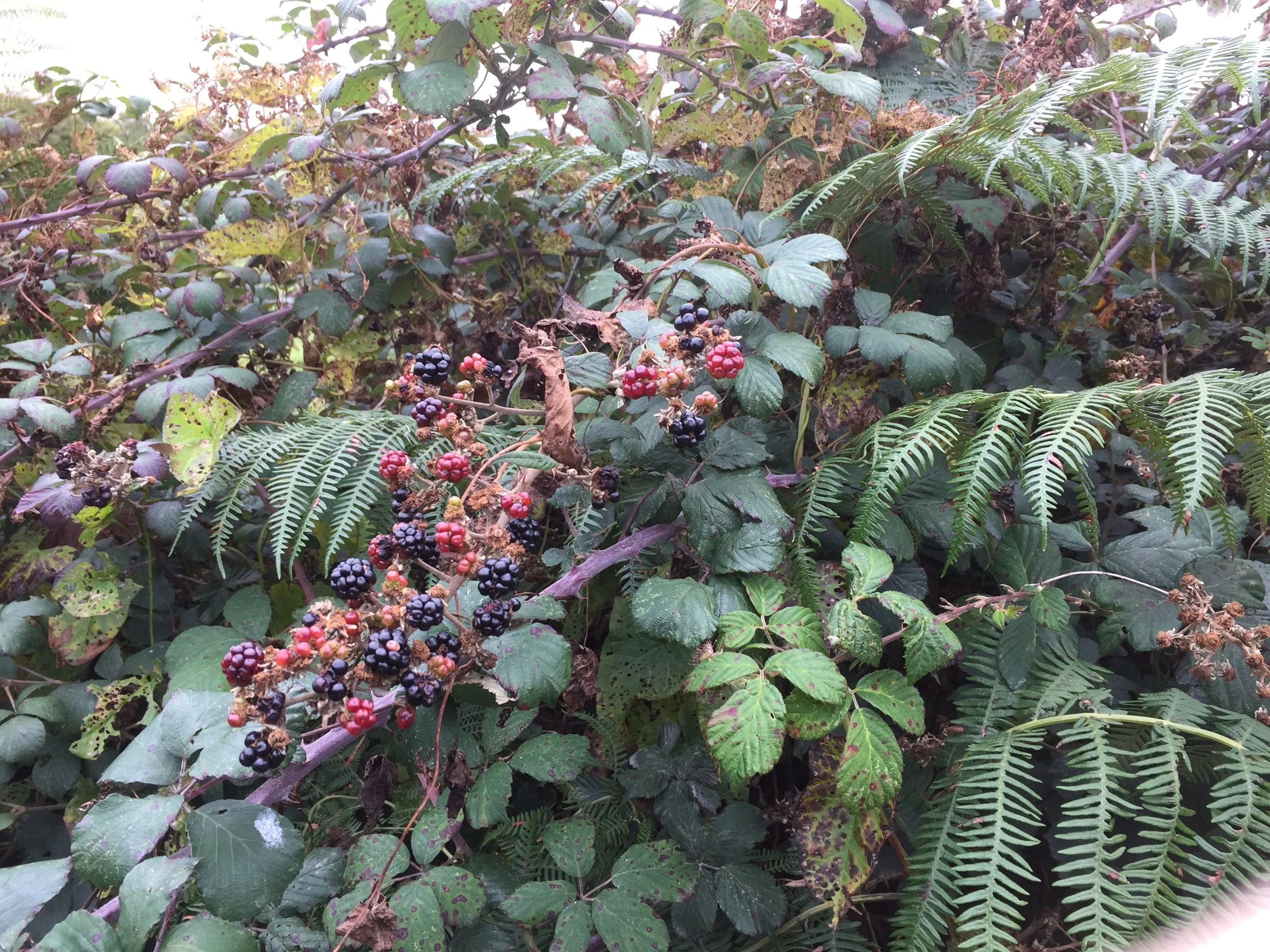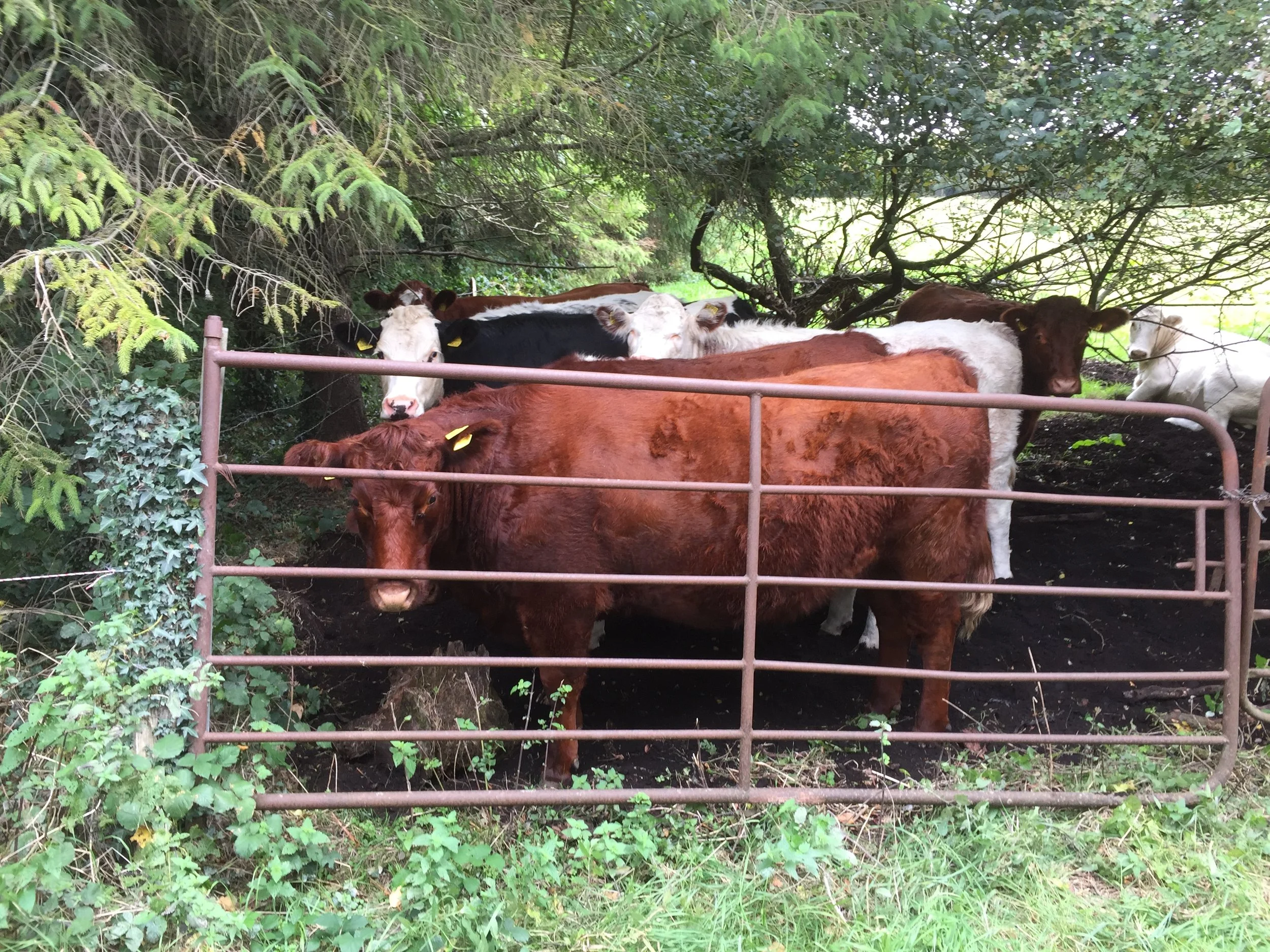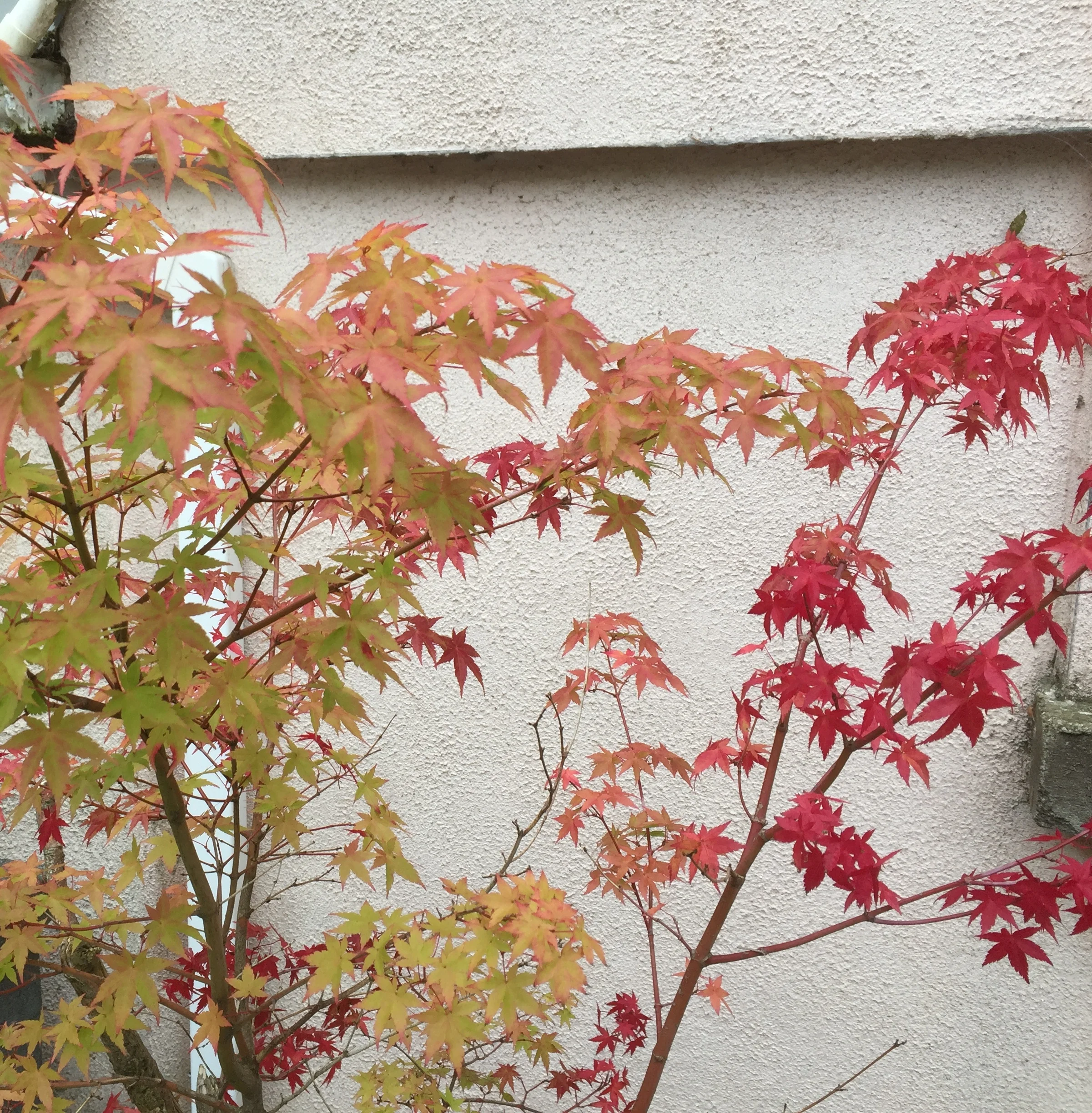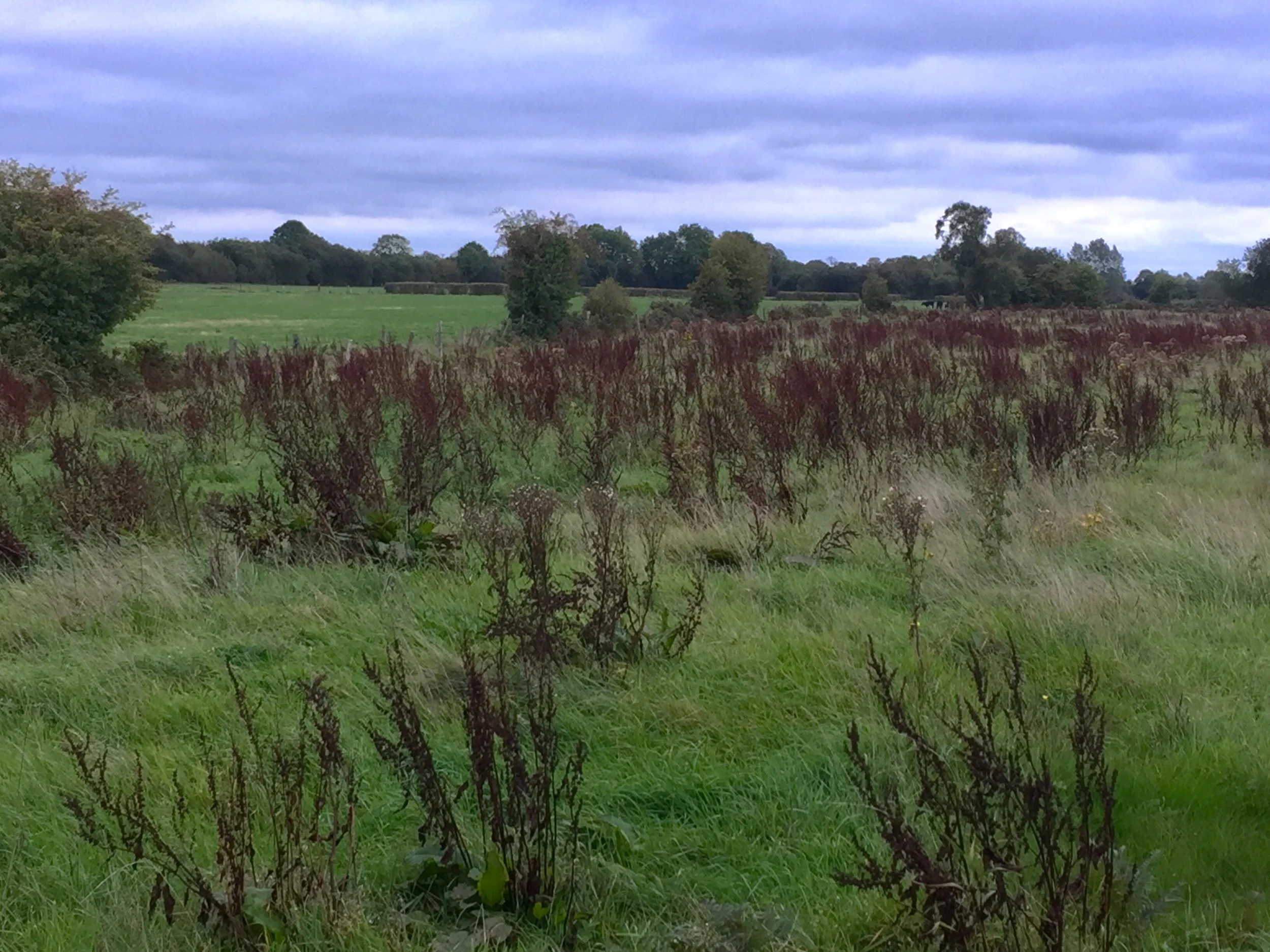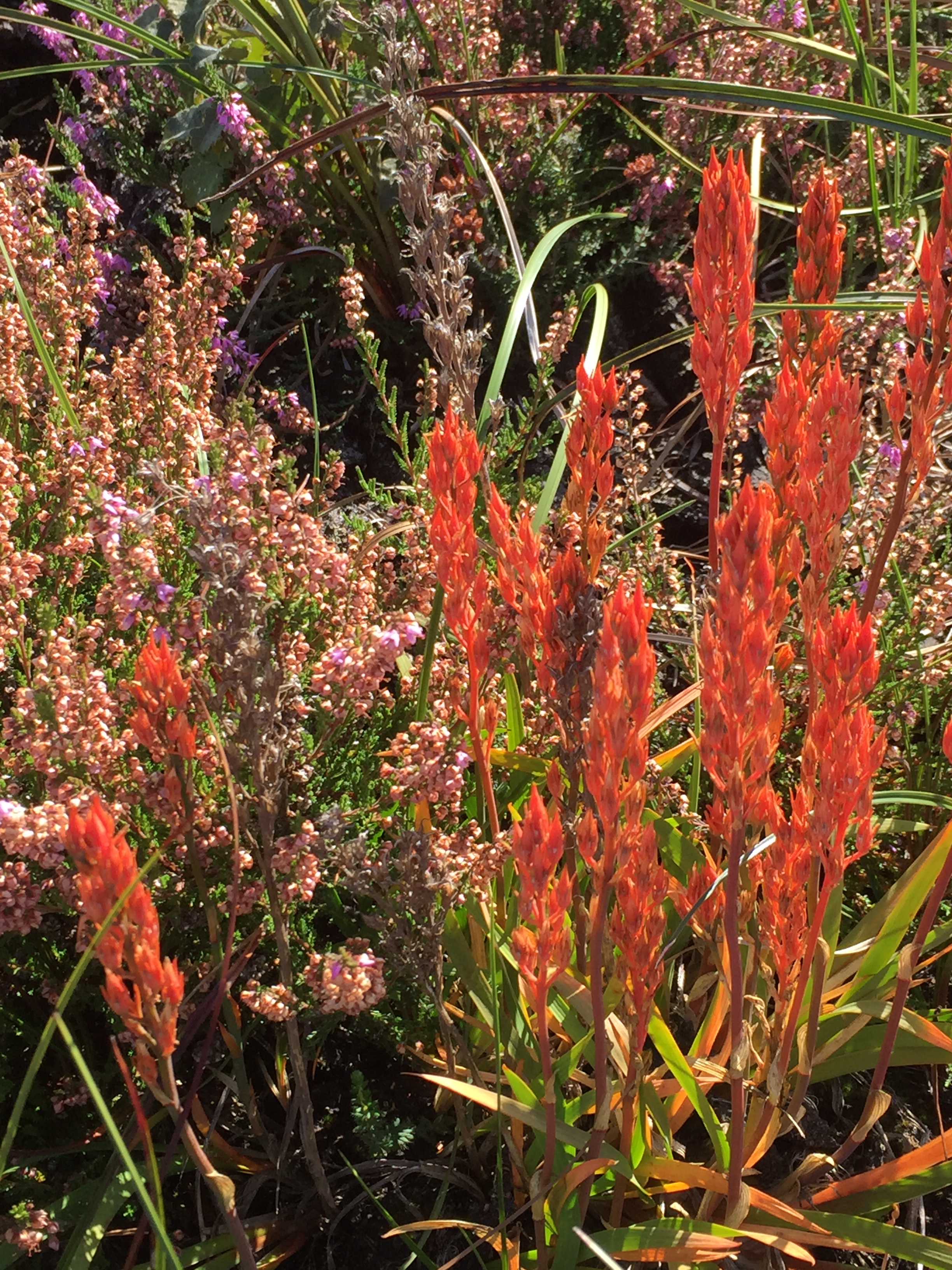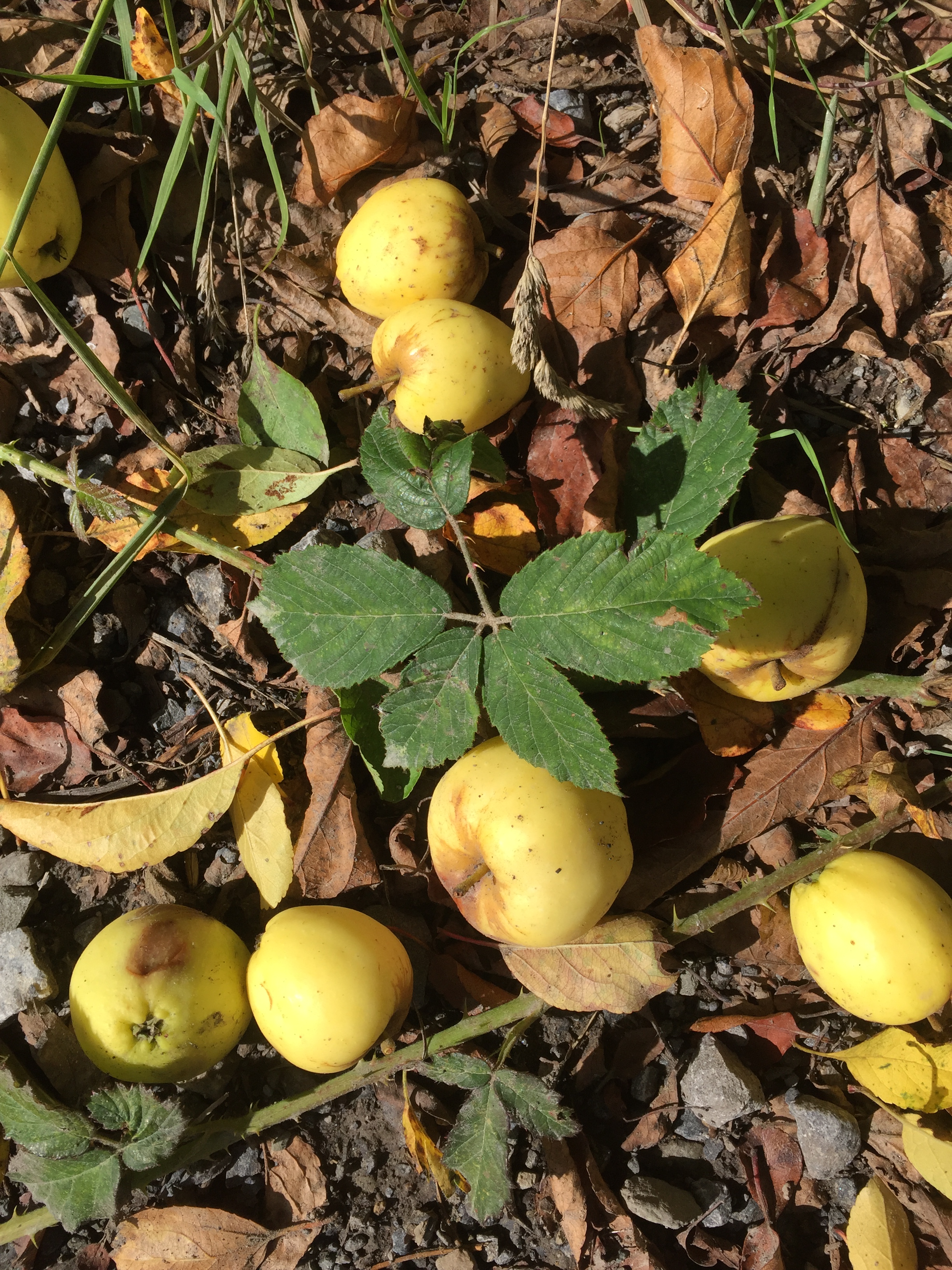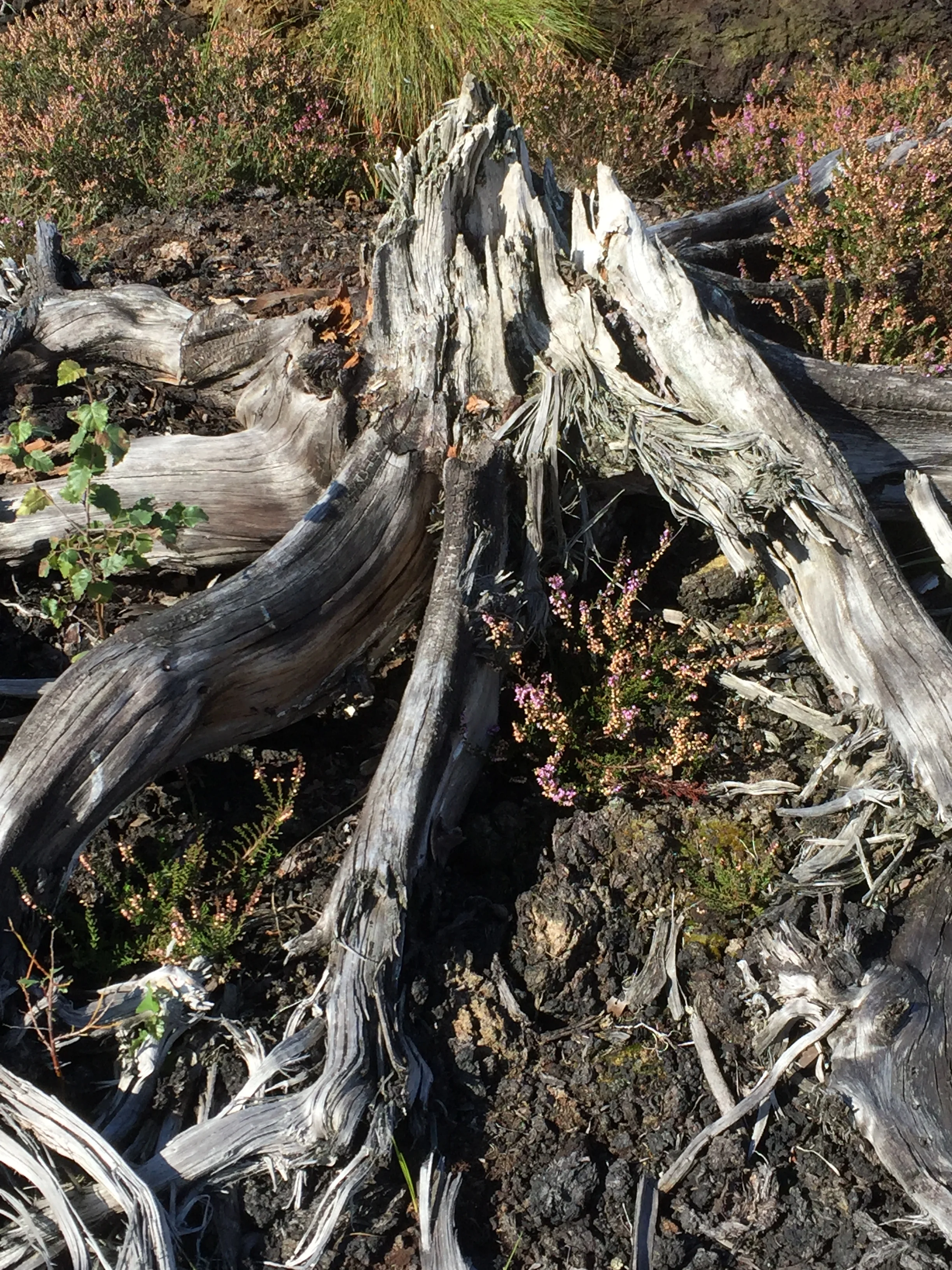September Nature Notes
These photographs were taken in Ireland but many parts of the United Kingdom have the same climate as us.
Chestnut and lime tree avenue in late September 2018 after an unusually hot summer with temperatures that went up to 29 degrees centigrade in June.
Wild thyme (Thymus polytrichus) growing along the lane across the bog. William Shakespeare wrote in ‘A Midsummer Night’s Dream’:
‘I know a bank whereon the wild thyme blows,
Where oxlips and the nodding violet grows.’
Ink blue water in dykes on bogland with pink heather and the silver grey wood of old trees
A beech hedge (Fagus sylvatica) is being trimmed but is still green.
Blackberries still fruiting in the hedgerows in late September so there’s time to make a blackberry and apple crumble. Or pick and freeze them in rigid containers and have that crumble in December to remind you of early autumn.
Vivid orange-red rose hips in hedgerows after a long warm summer. Rose hip syrup is supposed to be a good source of Vitamin C and was made in Victorian times.
Bracken along the edges of lanes is beginning to turn brown and die off in late September.
This chestnut is one of the first trees I’ve seen to change to its autumn colouring in late September.
“September is often a mild and mellow month in Ireland, although we get an occasional buffeting from the wind. It’s a welcome pause between summer and the darker months that lie ahead.”
Cattle are still out in the fields. When the weather becomes wetter and colder, they will probably be brought into sheds for the winter. Or they will be moved to dryer ground and fed out in the fields when the grass dies back.
In the garden, Japanese maple leaves turn to red and orange in late September. They will fall off completely in winter.
Docks in the fields have gone to seed and turned brown. We need to cut them down before the seed spreads everywhere. They’re one of the most difficult weeds to eradicate from gardens as they have long roots.
Rowan trees beginning to turn orange. These trees are considered useful in folklore for keeping witches away from our homes. Every garden should have one!
Yellow Bog Asphodel with striking autumn colour in early September
Clumps of yellow seed on Ireland’s most common tree: the ash (Fraxinus excelsior) in early September. Its pale wood is used for making hurleys (sticks for hurling), furniture and it is also popular as firewood. The ash is useful for coppicing as it will regrow after being cut back.
Purple heather flowers in acid soil on bog and moorland.
Our hedgerows are still mostly green along the lane that runs across bogland. The dogs love their walks out there.
Bracken grows high along the sides of a lane in early September. It rapidly dies back after the first frost. The plant is toxic and if eaten in large quantities by livestock can prove fatal.
Crab apple windfalls on a lane in early September. Time to make crab apple jelly. I have never achieved this but I remember my mother straining the jelly through a muslin bag.
Old bog oak tree stump on peatland or heath in Ireland
